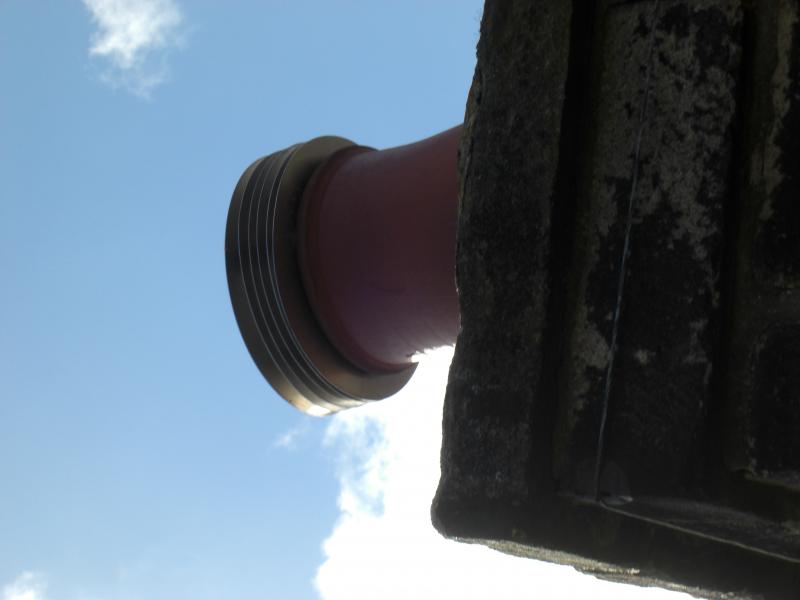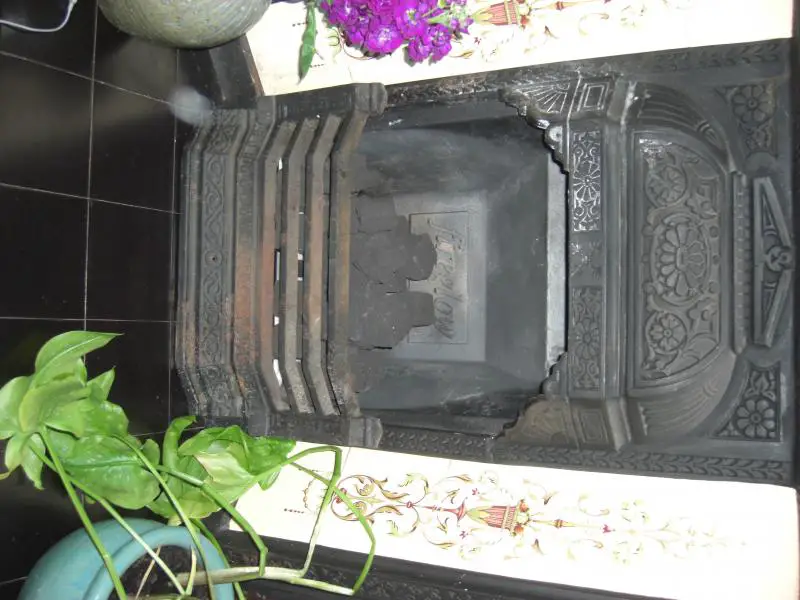Not sure if I should be here or in the roof section but here goes.
I rent and after a protracted saga we have a new gas fire with a retro filtted flue liner (5 inch). It's a stone built terrace with 4 flues in one brick chimney breast (2 of ours and 2 from next door) but each of us only has 1 fire in use. The cowl looks like a WWII tin hat with a couple of discs below it.
Since fitting the flue liner and cowl the wind noise has become phenomenal - to watch TV we sometimes have to put volume up to 20 rather than the normal 12-14. There is also some draught down the chimney. Rain on the cowl is also noisy and our neighbours have commented on both the wind and rain noise affecting them.
The landlord haas stated that there is nothing that can be done to reduce the noise levels as the cowl and liner all came in one set and can't be changed.
My query is as to whether an "anti-down-draught" cowl would reduce the wind noise or just the draught; and then whether it is possible to fit one to a system that all came together? My view is yes to both but not being an expert I was hoping for some clarification.
Thanks
I rent and after a protracted saga we have a new gas fire with a retro filtted flue liner (5 inch). It's a stone built terrace with 4 flues in one brick chimney breast (2 of ours and 2 from next door) but each of us only has 1 fire in use. The cowl looks like a WWII tin hat with a couple of discs below it.
Since fitting the flue liner and cowl the wind noise has become phenomenal - to watch TV we sometimes have to put volume up to 20 rather than the normal 12-14. There is also some draught down the chimney. Rain on the cowl is also noisy and our neighbours have commented on both the wind and rain noise affecting them.
The landlord haas stated that there is nothing that can be done to reduce the noise levels as the cowl and liner all came in one set and can't be changed.
My query is as to whether an "anti-down-draught" cowl would reduce the wind noise or just the draught; and then whether it is possible to fit one to a system that all came together? My view is yes to both but not being an expert I was hoping for some clarification.
Thanks



